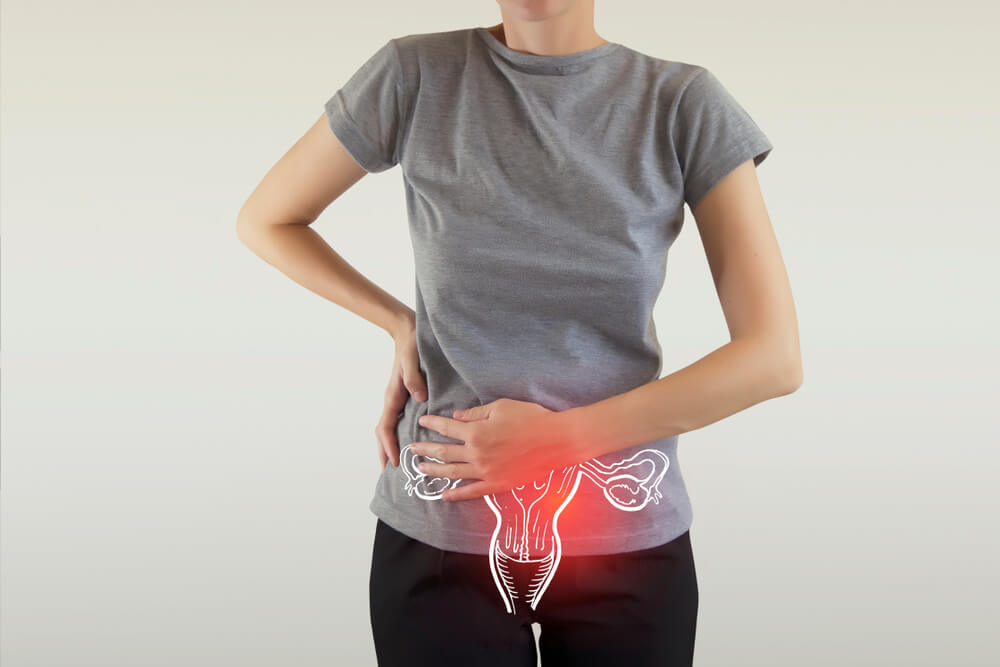If you have uterine fibroids, your doctor may have recommended a surgery called a myomectomy. Below, we have outlined and explained everything you need to know about myomectomy surgery, including the procedure and the recovery process, and the general outlook. In order to help you feel fully prepared, you will also learn about the different types of myomectomy surgery. As always, make sure always to seek out the help and guidance of trained healthcare professionals at a safe and clean clinic. If you are located in the area, or you are looking for the best, we recommend reaching out to the number one Women’s Health Clinic in Hialeah, FL.
With that in mind, here is everything you must know about myomectomy surgery.
What Does a Myomectomy Refer To?
Patients who require fibroids removal will be recommended a surgery type called a myomectomy. The healthcare professional will recommend you this procedure if the fibroids are causing some of the following symptoms:
- Irregular bleeding
- Pelvic pain
- Frequent need to urinate
- Heavy menstruations
If you have fibroids, removal may be necessary. There are three types of myomectomy surgery that can be performed. Discuss your options with a medical professional. The three surgery types include:
- Laparoscopic myomectomy: Allows the surgeon to remove the fibroids via a couple of tiny incisions. This type of surgery is less invasive than an abdominal myomectomy, and the recovery process is typically faster.
- Hysteroscopic myomectomy: It allows the surgeon to utilize a unique scope to remove the fibroids via the cervix and the vagina.
- Abdominal myomectomy: The surgeon can remove the fibroids via the surgical cut in the lower abdomen.
If you have further questions or doubts related to your health, or you are just on the lookout for the best professionals for a myomectomy surgery, contact Carreras Medical Center, the highest-rated experts in the area.

Who is an Eligible Candidate for a Myomectomy Surgery?
If you have fibroids, removal may be necessary. Women who are planning to have children in the future, or those who wish to keep the uterus for other reasons are the best candidates for a myomectomy surgery. Unlike the hysterectomy procedure (which involves the removal of the whole uterus), a myomectomy only removes the fibroids while leaving the uterus intact. Because of this, patients who undergo a myomectomy surgery can become pregnant in the future.
Depending on the fibroids’ location and size, the healthcare professional will recommend a specific myomectomy type. As mentioned, these types include the laparoscopic myomectomy, the abdominal myomectomy, and the hysteroscopic myomectomy.
Patients who have huge fibroids growing in the wall of the uterus are recommended an abdominal myomectomy. Whereas, patients with fewer and smaller fibroids are better off with a laparoscopic or a hysteroscopic myomectomy.
How Do You Prepare for a Myomectomy Surgery?
If you have fibroids, removal may be the best option for you. Before patients undergo surgery, the healthcare professional will recommend medication to make the fibroids smaller and make the removal process easier. Leuprolide or Lupron and other hormone agonists that release gonadotropin will block progesterone and estrogen production. Temporarily, these drugs will put patients into menopause. Once the patient stops taking the prescribed medication, the menstrual period will come back. At this point, patients can become pregnant again.
During the initial appointment with your doctor, you will want to go through the entire procedure in detail. Make sure to ask plenty of questions to prepare yourself mentally and physically for the surgery. Your healthcare provider may also want to run a few tests to ensure that your health is optimal before undergoing surgery. Some tests may include:
- An electrocardiogram
- Blood tests
- A pelvic ultrasound
- MRI scan
Also, some patients may need to stop taking specific drugs before undergoing surgery. Always tell the healthcare professional about any medication, supplements, or vitamins you are currently taking. Your doctor will advise you on when you can start taking the medication again.
Patients who are smokers will have to quit smoking six to eight weeks before a myomectomy. Since tobacco use is known to slow down the heačing process and boost the chances of cardiovascular events during the myomectomy, it is best to refrain from smoking. Additionally, patients must stop drinking and eating by midnight the night before a myomectomy.
How Does the Procedure Look Like?
Here is what you can expect from the three different types of myomectomy.
Hysteroscopic Myomectomy Overview
A hysteroscopic myomectomy involves general or local anesthesia. The surgeon begins by inserting a lighted and thin scope into the patient’s cervix and vagina to reach the uterus. A liquid will be placed into the uterus to help it widen – this way; the surgeon will see the fibroids clearly. Following this, the surgeon will utilize a wire loop and shave off chunks of the fibroid. The liquid inserted into the uterus will help wash out these pieces. Patients undergoing a hysteroscopic myomectomy can leave the hospital the same day.
Laparoscopic Myomectomy Overview
A laparoscopic myomectomy also involves general anesthesia. The surgeon will begin by making four tiny incisions, each approximately ½-inch long, in the patient’s lower abdomen. Next, carbon dioxide gas will fill the stomach to help the expert see inside the abdomen. Then, the surgeon will put a laparoscope into one of the small incisions. Sometimes, this process can also be done robotically.
The fibroids will be cut into tiny pieces and then removed. If the fibroids are extremely large, the professional might need to make a bigger incision in the abdomen or switch to an abdominal myomectomy. Most patients who undergo a laparoscopic myomectomy need to remain in the hospital overnight.
Abdominal Myomectomy Overview
If you are undergoing an abdominal myomectomy, you will receive general anesthesia. The surgeon will begin by making an incision via the lower abdomen into the uterus. There are a few ways to perform this:
- A vertical incision below the patient’s belly button and above the pubic bone. This is a good option if you have large fibroids.
- A horizontal incision up to four inches long over the pubic bone.
Once the surgeon makes the incision, the fibroids will be removed from the uterine wall. After this, the expert will stitch the layers of the uterine muscle back together. In most cases, patients who undergo an abdominal myomectomy need to stay in the hospital for at least one day.
The Recovery and Efficacy Rate Explained
Patients experience some pain post-surgery. Your healthcare provider will recommend some medication to treat the pain and discomfort. Additionally, patients can also experience spotting for up to a few weeks after the procedure.
When will you be able to return to your regular routine? The exact time will depend on the procedure type and factors specific to you. If you had open surgery, you would need to take some time off to recover fully.
Make sure to refrain from any strenuous exercise and heavy lifting until the incisions completely heal. Consult with your healthcare provider to determine when you can return to everyday activities. Also, you will want to talk to your doctor about sexual intercourse. You might need to wait around six weeks before engaging in sex.
Patients who wish to conceive will also need to consult with a healthcare professional. In some cases, women may need to wait four or more months for the uterus to heal completely.
The good news is that surgery is highly effective. Most patients receive relief from symptoms such as heavy menstrual bleeding and pelvic pain post-surgery. Nevertheless, some women(particularly younger patients) may need to deal with recurring fibroids after surgery.

Possible Risks and Complications
As with any surgical procedure, there are some risks involved. Make sure to choose a reputable clinic with professional healthcare experts. This way, you will avoid the following side effects and risks. Nevertheless, if you do not select your clinic wisely, you may experience the following:
- Excessive bleeding
- Infection
- Scar tissue that can result in fertility complications
- Nearby organ damage
Schedule an Appointment Today
Pick the best professionals in your area for the best results. Take care of your health, and contact Carreras Medical Center today to get started.


